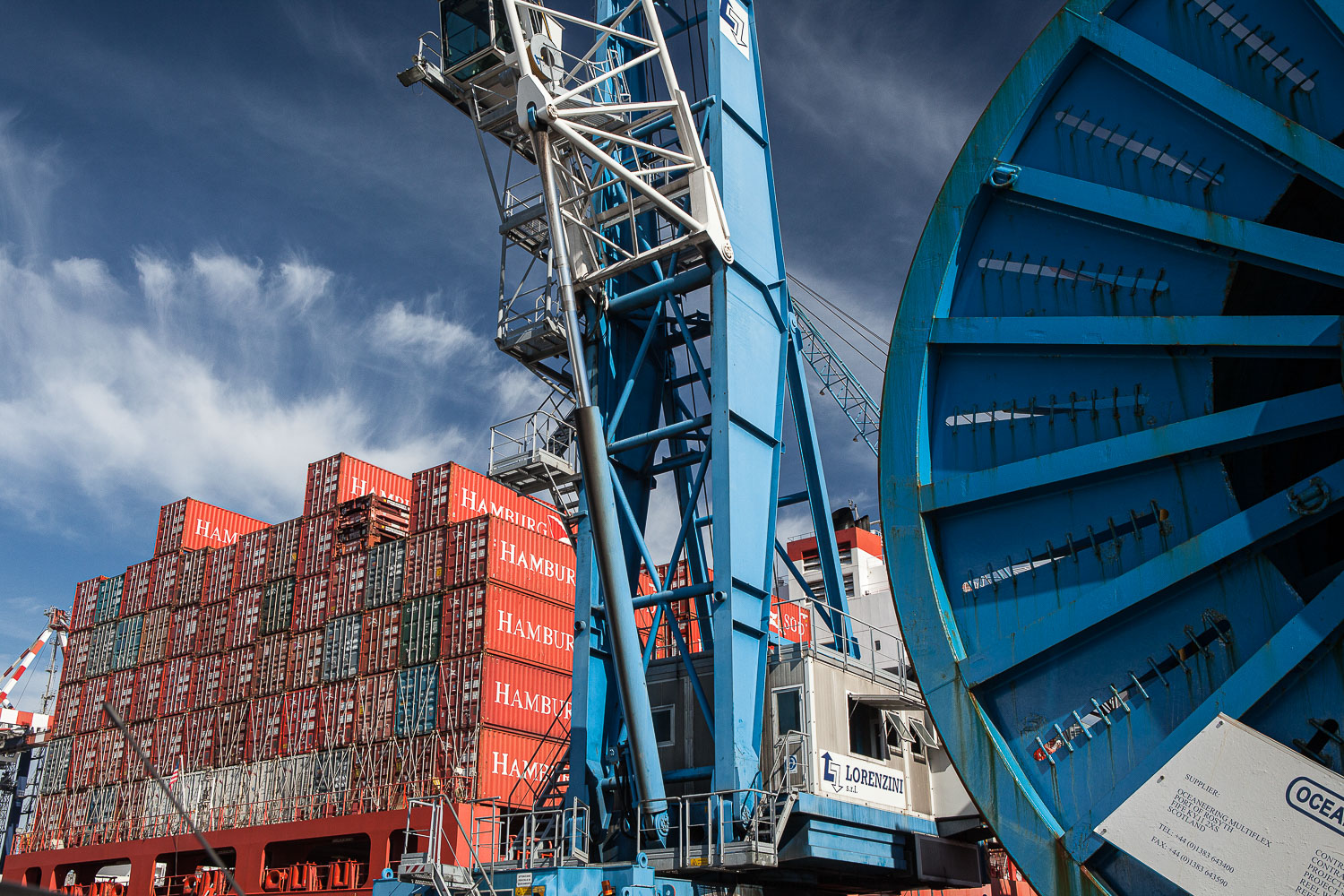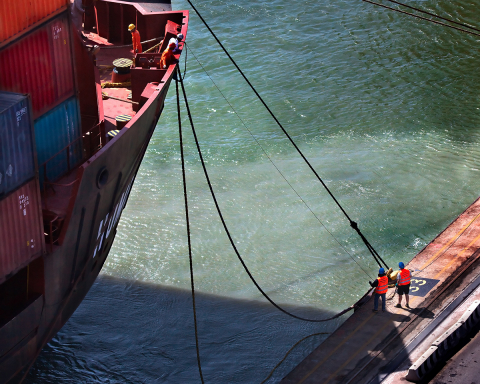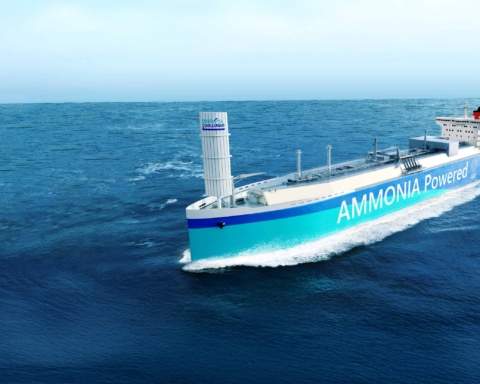Traditional dictionaries define Digitalisation a few different ways.. But the generic definition is: Digitalization: the conversion of text, pictures, or sound into a digital form that can be processed by a computer. In this day and age though, this definition seems to have become outdated as digitalisation has evolved.
Gartner’s newer definition of the word digitalisation seems to be more fitting to the shipping and industry considering what is happening and the developments.. Gartner defines Digitalisation as: Digitalization is the use of digital technologies to change a business model and provide new revenue and value-producing opportunities; it is the process of moving to a digital business.
Words like Digital Freight Forwarder, Digital Carrier, Online Freight Marketplace, Freight Benchmarking are all new terminologies that has become mainstream in the last 5 odd years in the shipping and freight industry.
Innovation, creativity and digitalisation is in full flow within the shipping and freight industry, especially in the container shipping industry where there have been several advances in technology which has had a positive impact on the business.
Driven by the demands of customers for flexible, transparent and instant multi-modal quotations, carriers and freight forwarders have been customising their online service offerings to a level that it almost matches a B2C transaction rather than a B2B transaction.
Online Rates, Freight Marketplace and Freight Indices
The popularity of online freight rates has also brought about Freight Indices and Online Freight Marketplaces.A freight marketplace is where customers can get real-time freight quotes from freight forwarders, place bookings and also manage the shipments all online and without the need to wait for manual information from the service providers.
As a tool for shippers to monitor freight rate movements, several independent operators have set up Freight Indices which provides weekly ocean freight rates mainly on three trade lanes which includes current container freight rates, previous rates, volatility, costs on key lanes and an instant estimate on specific routes.
The Freight Indices have given the customer a transparent view of the freight movements in the market giving them the ability to adjust their rates and access several new markets as they are able to make quick decisions based on the Index.
Online Bookings & Bills of Lading
While securing rates online is the start, the other area where digitalisation has impacted positively on the industry is online bookings. The majority of the carriers have online booking systems which allows customers to make bookings online quickly and conveniently once the rates have been confirmed in the system.
Alongwith bookings, the shippers are also able to process bill of lading instructions directly into the carrier’s system and generate a bill of lading once the vessel has sailed.
Some of the carriers even allow the customers to print their bill of lading at the customer’s offices instead of having to send someone to the carrier’s office to get the paper document.
Speaking about Bills of Lading, there have been several changes to this document from the start of digitalisation more so in the recent times with the enabling of Electronic and Blockchain based bills of lading.
Other technologies
The recently passed decade of the 2010s saw several hundreds of digital start-ups in the freight industry.These start-ups have created technological advances that have converted shipping contracts, containers and bills of lading into “Smart” objects.
In the last 5 years, these technologies have also given birth to digital freight forwarders who can provide the same services as a traditional freight forwarder, but apparently more effectively, efficiently and cheaply based on their online platforms.
Blockchain also known as Digital ledger technology (DLT) is one such key technologies that has had a significant impact in the shipping and freight industry and already seems to have become a prolific “enabler” of businesses in the industry.
Blockchain boasts several benefits over traditional document distribution and financing models such as:
- Safety and Security of the transactions;
- Visibility and transparency;
- Avoiding situations of fraud;
- Cost Reduction; and
- Time saving
Blockchain is already being used in the industry to create:
- Smart Bills of Lading;
- Letter of Credit;
- Trade finance transactions;
- Trade Finance documents;
- Documentation for ports;
Smart Containers
Other than enabling quick and easy information flow through online rates, bookings and the release of online bills of lading, the other main requirement of the customers is “visibility” of their cargo.Customers have become accustomed to the concept of NOW.. They require everything NOW.. They want to know if their cargo is on the ship, off the ship, on the truck, delivered etc etc and they need it NOW.. This requires instant and real time information.
Some of the start-ups realised that this challenge can be overcome only through valuable, granular, near real-time, reliable and secure data.The result was that the ubiquitous freight container which has remained the same in terms of its design and structure for the past 50 odd years recently became smart.
The way smart containers work is that a small device will be fit into the vent of the container.. All the technology to monitor and track the information is built within this device.Once this device is installed in the container, it becomes a smart container and start transmitting data providing complete visibility of its movements to the customers via an online dashboard.
Such technologies are particularly useful for customers who ship perishable cargo and it would be beneficial for them to alert their customers or shipping lines in case of any issues while the container is in transit.
Conclusion
These technologies were unheard of, even as recently as ten years ago and the industry has advanced digitally quite nicely in the last decade.The new decade of the 20s will surely bring with it more advances than we can imagine.
Customers have much bigger expectations of their service providers when it comes to digital processes and service capabilities have become equally important as freight rates.. The industry’s service providers are very rapidly reaching a stage where they should adapt or be left behind.
This online transition will make or break a few players in the industry because a digital transition is tough and requires the involvement and commitment of everyone from the top.
Digitalisation has the potential to positively impact your business, but the strategy employed in its implementation and execution will determine whether the company will survive or not. Does your company’s strategy and plan support digitalisation..??




